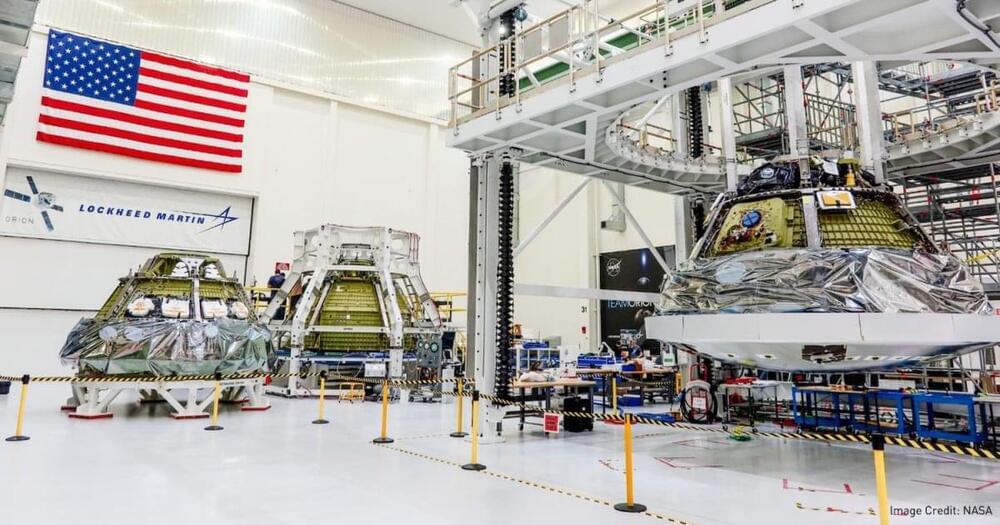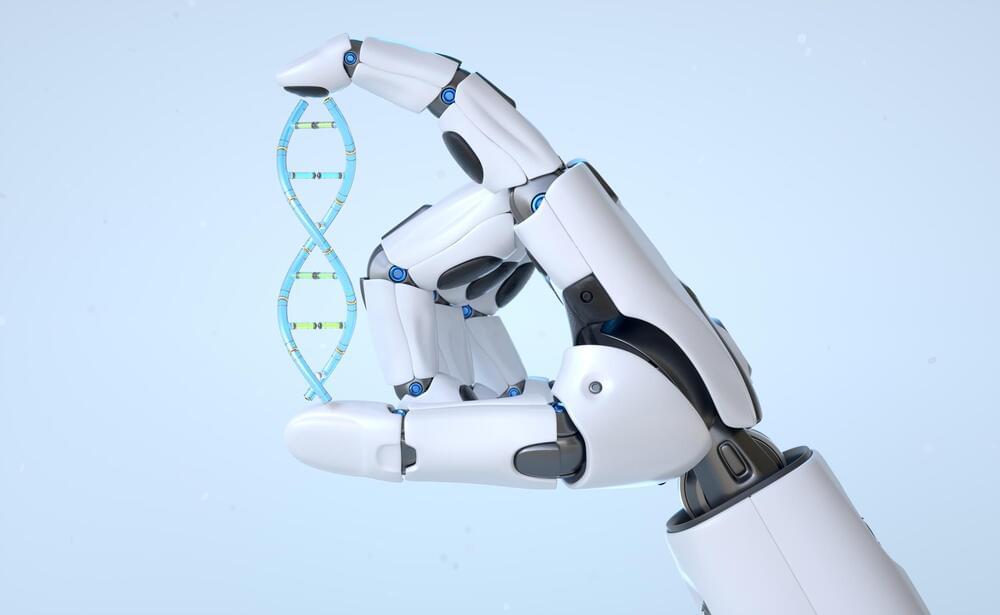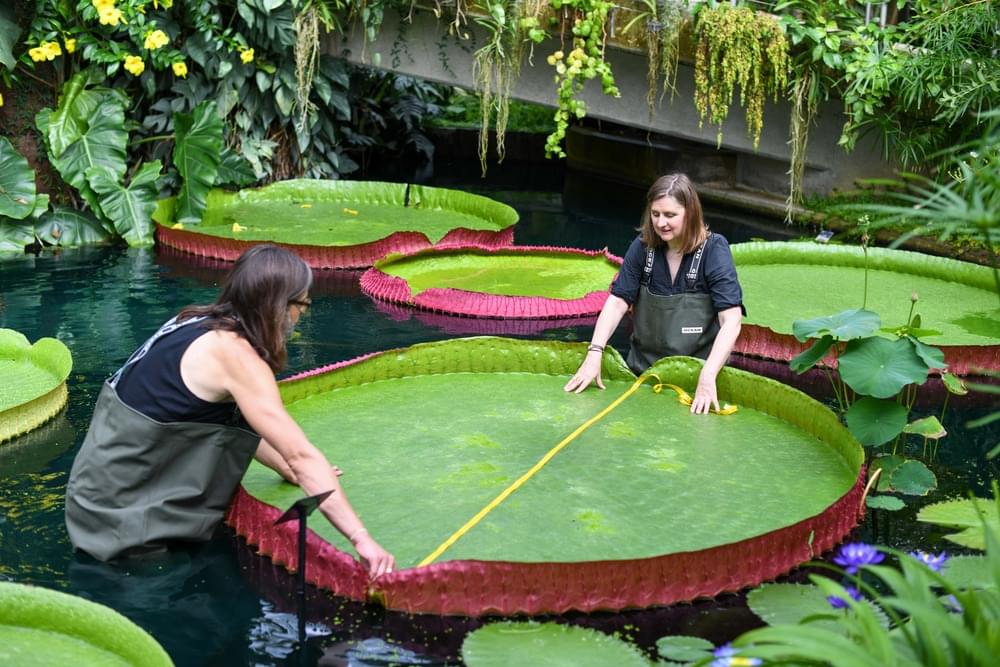Ark Invest, which is led by CEO Cathie Wood, has been pouring money into semiconductor stocks lately and has made another notable purchase. According to portfolio updates published by the firm yesterday, Wood’s company has increased its investment in Quantum-Si (QSI-6.20%) — a small-cap biotech with a specialized, chip-based platform for protein sequencing.
Ark Invest regularly publishes information about stocks that have been bought and sold for its exchange-traded funds (ETFs), and a recent update showed it purchased more than 1.4 million shares of Quantum-Si stock for its Ark Genomic Revolution ETF (ARKG-1.84%) on Thursday. The purchase would have been valued at roughly $3.7 million based on the stock’s price at market close yesterday, and is the largest investment that Ark has made in the healthcare-tech upstart’s stock so far.
So the question is: Why is Wood excited about this little-known life sciences player?









